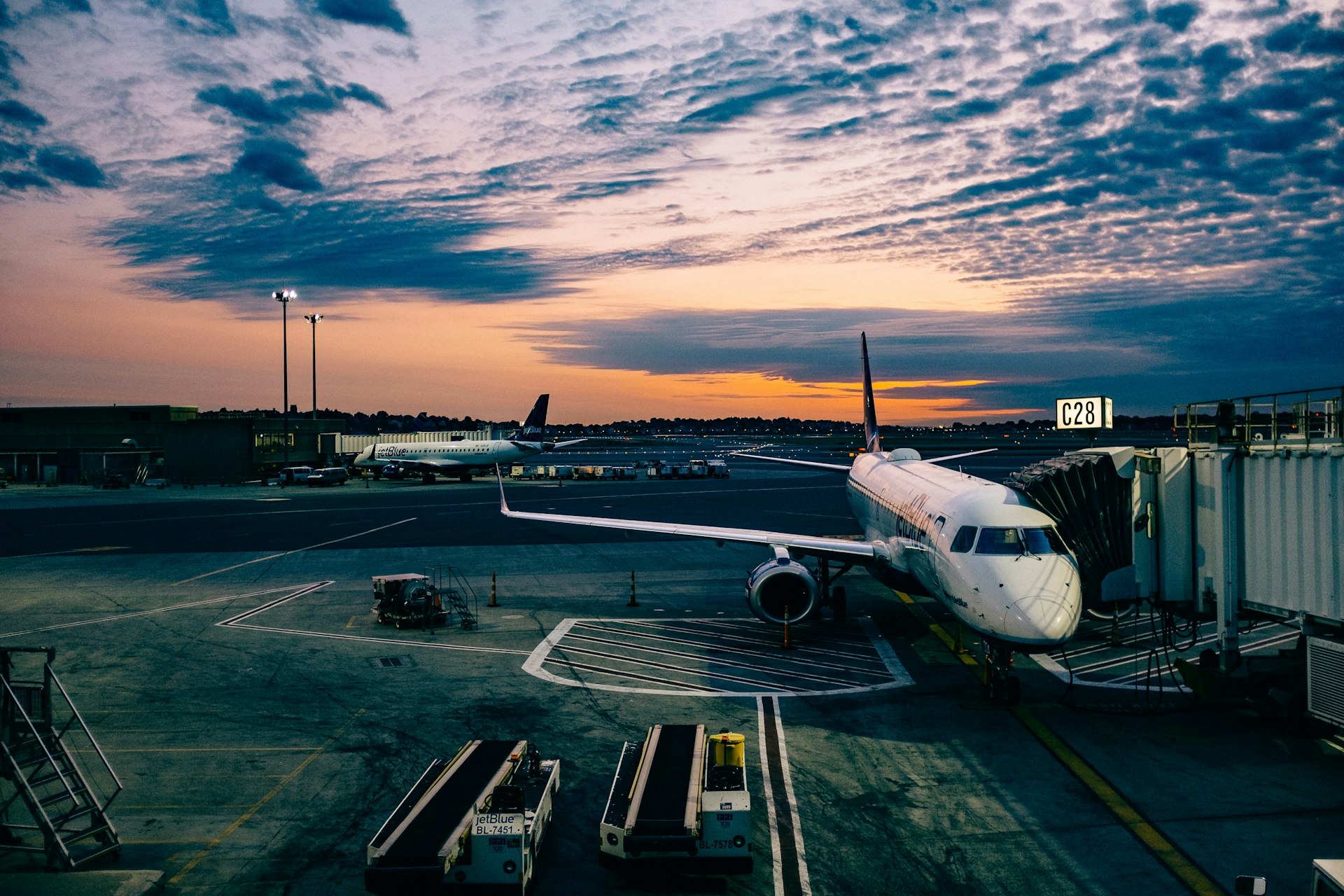
Surviving 12-Hour Layovers Without Losing Work Momentum
The worst layover I ever had was in Doha: 11 hours, 02:00 arrival, no lounge access, and a looming client deadline. I ended that night sleep-deprived with a half-finished deck and a neck cramp. Since then I’ve built a playbook that turns airports into functional offices. Here’s how I handle 12-hour marathons without setting my sprint board on fire.

Before the Layover: Reserve Power and Bandwidth
- Seat choice: When booking flights in Amadeus I look for terminals with 24-hour lounges and reserve window seats near early exit rows for faster deplaning.
- Airport research: I keep a Notion database labeled “Airports” with entries for Wi-Fi quality, 24-hour food, showers, quiet rooms, and security re-check requirements. Contributors: other nomads in my orbit.
- Day bag loadout:
- Framework 13" + 2 spare batteries.
- iPad Air with offline Obsidian vault and LumaFusion for video edits.
- ZMI 20K Pro battery, USB-C PD cable, 65 W GaN charger.
- Bose QC45 for calls; Shokz OpenComm for when I need ambient awareness.
- Travel router (GL.iNet Slate AX) + local eSIM for LTE fallback.
Arrival Ritual (First 30 Minutes)
- Sprint to immigration to maximize time landside if needed (some airports require re-check). I keep passport + onward boarding pass in a Ridge wallet compartment.
- Locate power + seating. My ideal setup: corner with power outlet, minimal foot traffic, near restrooms. If the airport has “quiet pods” (Changi, Narita) I pay the hourly fee.
- Deploy Wi-Fi plan:
- Test airport Wi-Fi speeds via
speedtest-cli. - If <15 Mbps or captive portal looks sketchy, activate my local eSIM hotspot (Airalo Global 10 GB plan) from my phone and connect router.
Work Blocks & Timeboxing
I split the layover into alternating deep work, admin, and recovery blocks. Example schedule from Seoul → Istanbul layover in Doha:
| Time (local) | Block | Tasks | | --- | --- | --- | | 03:00–04:30 | Deep Work | Finish API integration PR, review Terraform plan | | 04:30–05:00 | Recovery | Stretch, hydrate, 10-minute meditation (Insight Timer) | | 05:00–06:00 | Admin | Inbox zero, update Akiflow, send Loom updates | | 06:00–07:00 | Sleep | Neck pillow + noise cancelling, alarm on Apple Watch | | 07:00–08:30 | Deep Work | Prepare client deck, export to PDF | | 08:30–09:00 | Logistics | Shower (priority pass lounge), change clothes | | 09:00–10:30 | Meetings | Slack huddles via Krisp + Bose headset | | 10:30–11:30 | Buffer | Contingencies, gate change, 30-minute walk | | 11:30 | Boarding | Switch to offline mode, send “wheels up” note |
I program timers in the Centered app to enforce block transitions. When the alarm rings, I stop—even mid-paragraph—and log what’s next in Obsidian’s daily note.
Nutrition & Body Maintenance
- Hydration: I carry a Vapur collapsible bottle to refill post-security. Add DripDrop electrolyte mix every three hours.
- Food: Avoid sugar bombs. I keep RXBars and instant miso packets. Many airports have hot water taps; I bring a collapsible cup.
- Movement: Every 90 minutes I walk the terminal with a small resistance band routine (squats, rows using a column). Keeps circulation alive.
- Sleep kit: Ostrichpillow Go + Mack’s earplugs + dimming glasses. Even 30 minutes of quality sleep blunt jet lag.
Connectivity Contingencies
- Mullvad multi-hop: I route through Amsterdam → New York to maintain consistent IP for U.S. apps.
- TripMode: Blocks background sync on macOS; I whitelist Slack, Arc, SSH.
- SSH bastion: If airport firewall blocks my repo, I SSH into a DigitalOcean droplet using
moshon port 443, then proxy commands. - Offline packages: Most of my docs live in Obsidian synced to iCloud Drive with offline copies. Git repos have offline clones on the iPad.
Gear Maintenance Mid-Layover
- Check Framework battery health via
fw-ectool lightbarto ensure temps stay below 40°C. - Clean keyboard and trackpad with alcohol wipe (airports are germ factories).
- Swap contact lenses for glasses after 6 hours to reduce eye strain.
When Layovers Go Sideways
Power outage in Manila Terminal 3
The airport lost power for 45 minutes. My router and laptop fed off the ZMI battery. I tethered to Globe LTE and kept working while everyone else scrambled for outlets.
Gate change to another terminal
Always set Slack status to “Airside at DOH. May relocate.” When the gate changed with 20 minutes to spare, I already had belongings consolidated. Pack only what you can move in 60 seconds.
Surprise immigration interview
I budget 30 minutes buffer before boarding for this reason. Always have client letters ready (PDF on phone + printed copy). When Doha security asked why I had two laptops, the letter from my client citing the project schedule ended the conversation.
Pack-Up Protocol (30 Minutes Before Boarding)
[ ] Sync git repos (git push origin HEAD)
[ ] Upload unsent Loom recordings
[ ] Update daily log in Obsidian
[ ] Back up notes to iCloud + Syncthing
[ ] Power down laptop, disconnect router
[ ] Switch phone to airplane mode before boarding call
Everything goes back into the same compartment: laptop left sleeve, iPad right, router pocket. No rummaging while boarding.
Quick Tips Cheat Sheet
- Always carry a multi-country lounge pass (Priority Pass, DragonPass). Even if your airline doesn’t include two entries, day passes often do.
- Download airport maps offline in Apple Maps. Mark quiet zones ahead of time.
- Color-code cables. My charging kit uses Velcro ties labeled “USB-C 100W,” “iPad,” “Router.” No guessing in dim lighting.
- Use Apple Shortcuts to toggle “Layover Focus Mode”: silences non-critical notifications, turns on background noise app.
The point isn’t to grind for 12 hours straight—instead it’s to carve out intentional blocks, protect your energy, and leave the terminal more caught up than when you landed. Airports will never be restful, but with a practiced routine they can be productive enough to keep the workweek on track.